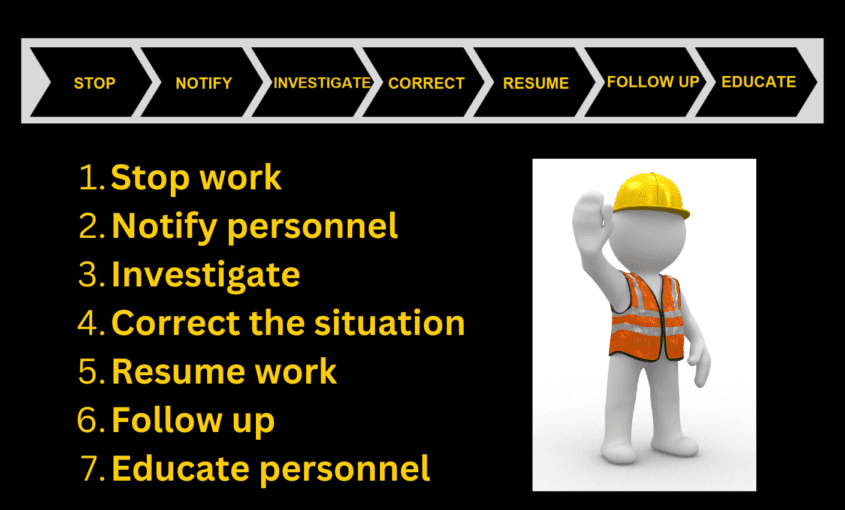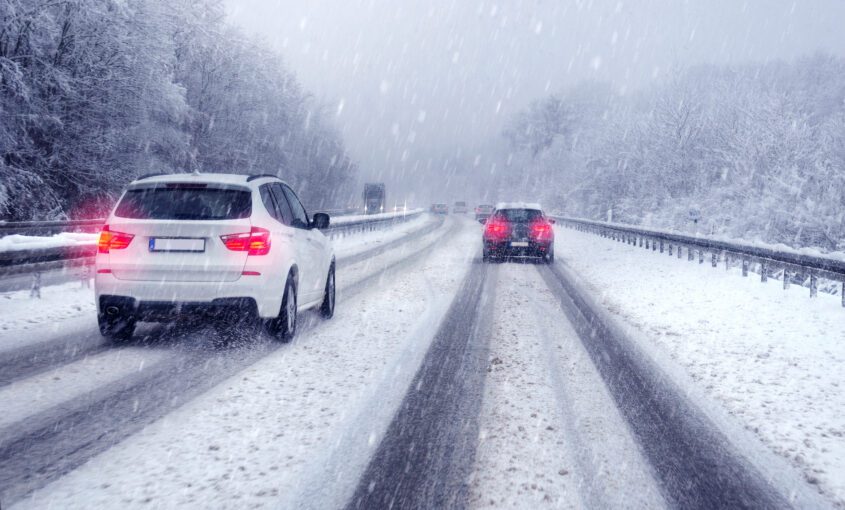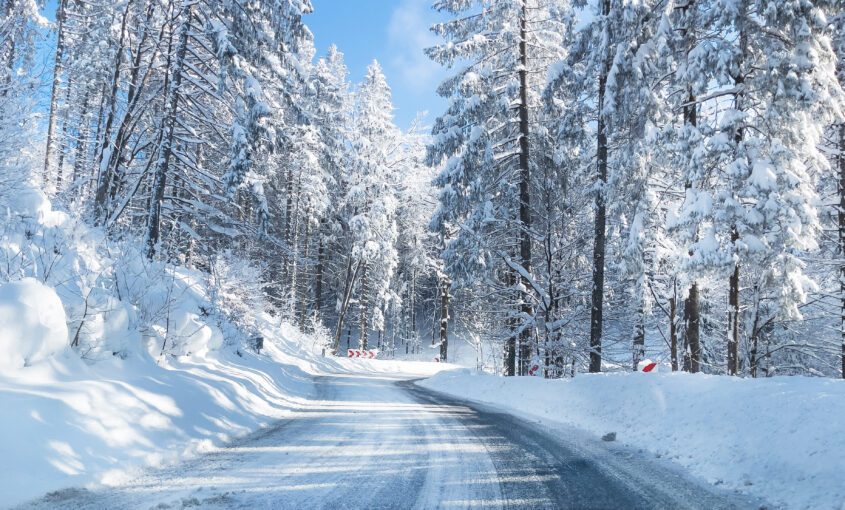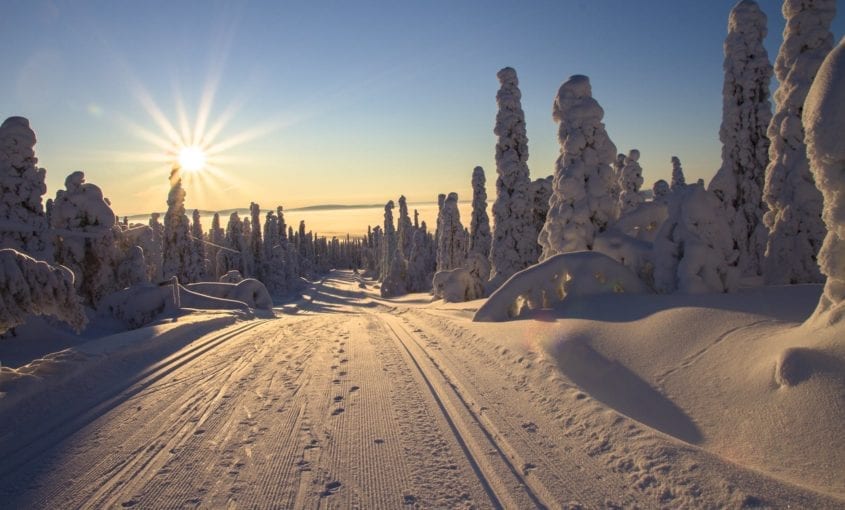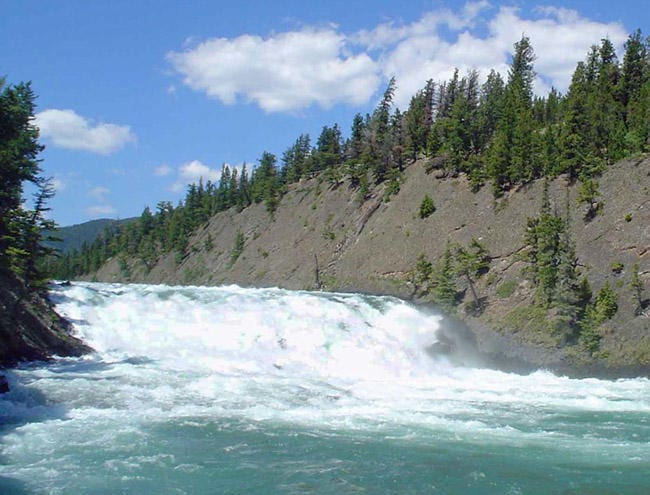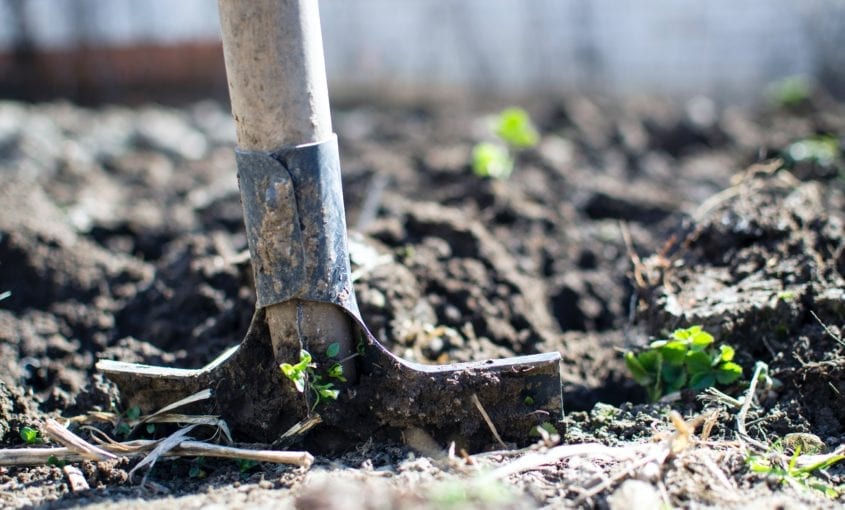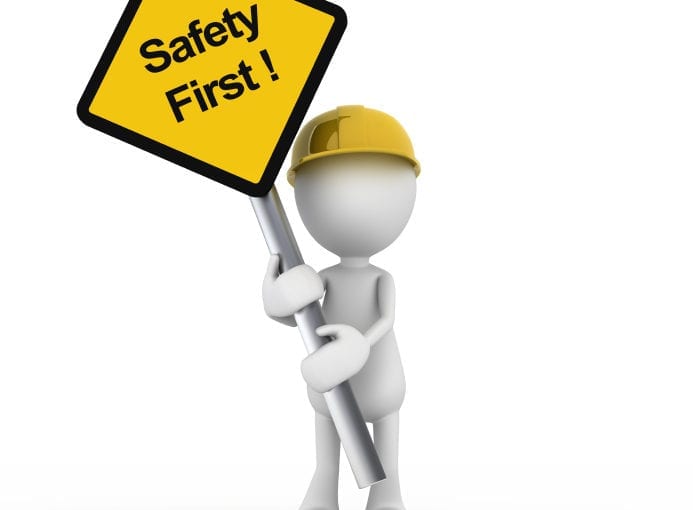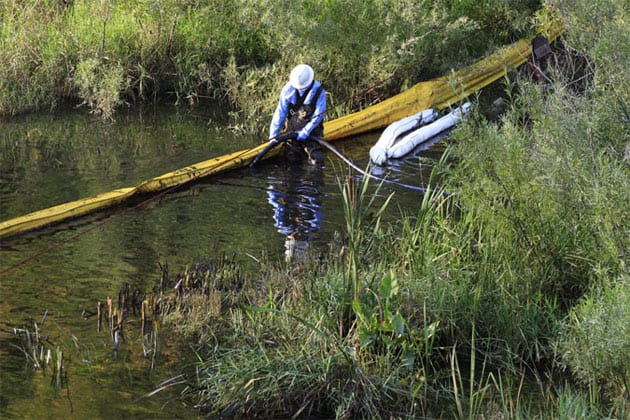STOP WORK AUTHORITY
A stop work program formally establishes the Stop Work Authority (SWA) of all employees to suspend individual tasks or group operations when the control of HSE risk is not clearly established or understood. A stop work authority policy/program should provide the following: All employees have the authority and obligation to stop any task or operation
Read More...

